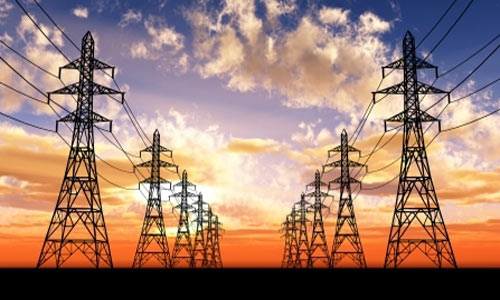POWER GENERATION
– TIME FOR COMPETITION
03-01-2012
The recent proposals by China Light and Power Ltd (CLP) and Hong Kong Electric Company Limited (HEC) for substantive electricity price rises have once again fueled the flames of controversy. The knee-jerk reaction by the public to any price rise from a utility or transport company is always unequivocal condemnation.
In one very important respect, however, the two power companies have served Hong Kong’s interests extremely well over the years, in that despite Hong Kong’s very rapid industrialization in the 1950s through to the end of the 1970s, they have always invested enough ahead of the game to ensure an ample supply of electricity. Up until 1964, when a Scheme of Control Agreement (SOCA) was introduced for CLP, the two monopolies and been free to set their own prices and this no doubt contributed to their willingness to take the necessary risks to invest in generation capacity well ahead of demand.
The SOCAs the Government introduced, HEC came under its own scheme in 1978, were a godsend for the two power companies for they gave them the Government’s imprimatur to in effect “print money” by only limiting their profitability to the amount of asset investment they were prepared to make; the more they invested in capacity, irrespective of whether it was required or would ever be required, or not, the higher the ceiling on their profitability and the greater the benefits to their shareholders in terms of Return on Equity (ROE), the usual measure of a company’s profitability.
While CLP’s Return on Assets (ROA) has been capped at 9.99% since 2008, it has actually achieved an ROE of 22.5% in 2008, 20.3% in 2009 and 19.6% in 2010. Compare this with the average ROE for an AA investment grade company of 15.7%, 11.7% for an A investment grade company and 10.7% for a BBB investment grade company.
As HEC’s accounts are less transparent than CLP’s, it is not possible to determine its ROE, but considering it has a basic tariff 30% higher than CLP’s and also a higher debt/equity ratio, it is unlikely to have a lesser ROE and most probably an even higher one. Add to that the HK$30 billion windfall profit it made from the redevelopment of its Ap Lei Chau plant site, an investment in HEC shares has been a nice little number for its fortunate shareholders.
Under a scenario where CLP and HEC continue to operate under a SOCA, there are compelling arguments to support amending the Schemes when they next come up for renewal in 2018. For instance, the present Schemes do not encourage either operational or cost efficiency. Perhaps the most appropriate amendment would be to add a minimum ROE level in addition to the current criteria of ROA, on the basis that in order to justify a tariff increase, both ROA and ROE would have to be below their respective limits. Under that circumstance a tariff increase would be permissible of an amount that would enable the company to achieve its minimum ROE rate.
A better alternative scenario would be to abolish the SOCAs altogether and introduce market competition. This could be done by separating power distribution from power generation and spinning off the power distribution assets of both CLP and HEC into an independent company. The power distribution company would need to implement interconnection between the two grids, which is not a technically challenging issue and then accept to deliver electricity supply from CLP and HEC and for that matter, any future newcomer to power generation, to any customer on the grid who would then have a choice of power supply.
In Hong Kong’s early days, when due to the territory’s size, it was simply not economically practical to have a competitive system for such an important utility as power generation and the provision of this service by way of private monopoly was a justifiable solution. However, as the economy grew and the territory prospered it became an increasingly unsustainable model, partially acknowledged by the Government through the implementation of the SOCAs. Now that Hong Kong enjoys a very mature power generation infrastructure, the time is long overdue to expose the industry to the full force and benefits of the competitive marketplace. Furthermore, a competitive environment will be of increasing importance as we face a future of inevitable substantive feedstock price increases as the power companies move increasingly to less polluting sources in order to meet air quality standards.
George Cautherley is a Strategic Committee member of the Professional Commons, www.procommons.org.hk

